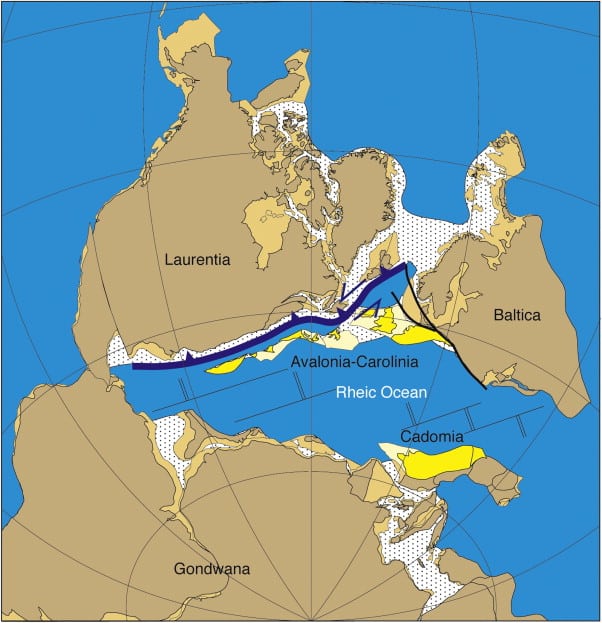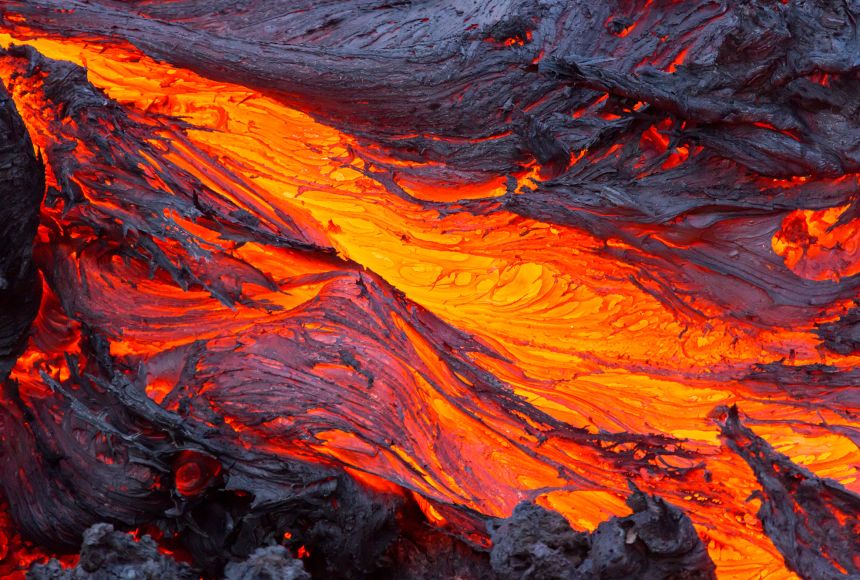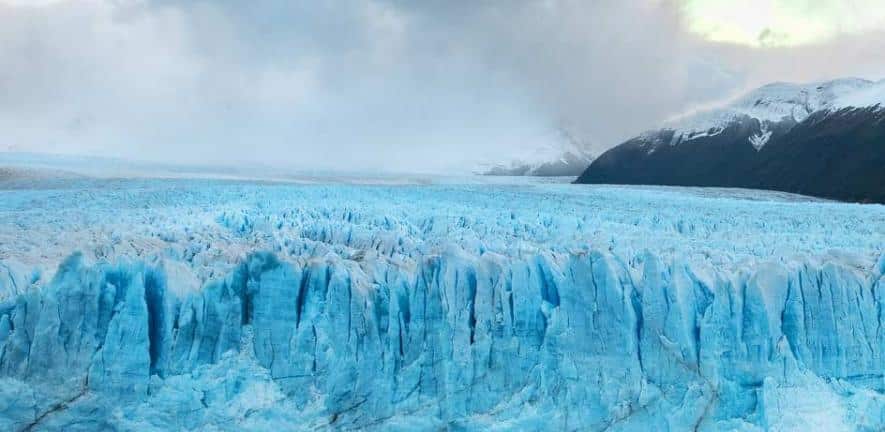Fort William Holiday Lodge
~430 Million Years Ago

Plates collide
The ancient plates of Laurentia (Scotland Greenland & North America), Baltica (Sweden, Finland and Russia) Avalonia (England, Wales & Southern Ireland) collided together creating the Caledonian Mountain Chain with Alpine sized mountains. The pressures and temperatures that created these mountains were enough to melt the rock and form volcanoes. These volcanoes and especially ones around the Nevis range continually erupted for a while creating a thick layer of Andesite (named after the Andes mountains) rock.
~410 Million Years Ago
Summits Collapse

Cracks formed on the Andesite rock caused by the pressure of the magma below the surface, when the pressure of the magma subsided slightly the surface rocks weakened by the cracks collapsed 600m into a chamber of molten granite magma, this saved the rocks on the summit of Ben Nevis from erosion. You cross onto this collapsed block of Andesite rock after the third zig zag on the pony track.
300 Million Years Ago

Erosion
Over millions of years erosion (the Summit of Ben Nevis was largely protected from this as it had collapsed into a cauldron) completely wore down the Caledonian Mountain Chain and much of the rock was washed into the sea. During this period large parts of the Highlands are submerged by the sea.
60 Million Years Ago
More Volcanic Activity

Scotland began to separate from Greenland which caused another episode of igneous activity along the west coast of Scotland. Huge Volcanoes erupted on the Isle of Mull, Rum & Skye. As a result of all this the Highlands were uplifted somewhat.
2 Million Years Ago

Ice Ages
The erosion that gives Ben Nevis its final appearance starts to take place. The climate on earth begins to cool and an ice age starts covering the Highlands in cycles of ice creating large cracks from freeze thaw. Repeated periods of glacier activity created the sharp ridges such as the CMD Arete & Glen Nevis.
~11,500 Years Ago
The Rocky Summit

During the most recent Glacial Episode 11,500 years ago the upper part of Ben Nevis remained above the ice, this created the rocky boulder-like terrain high on the mountain due to freeze thaw.


